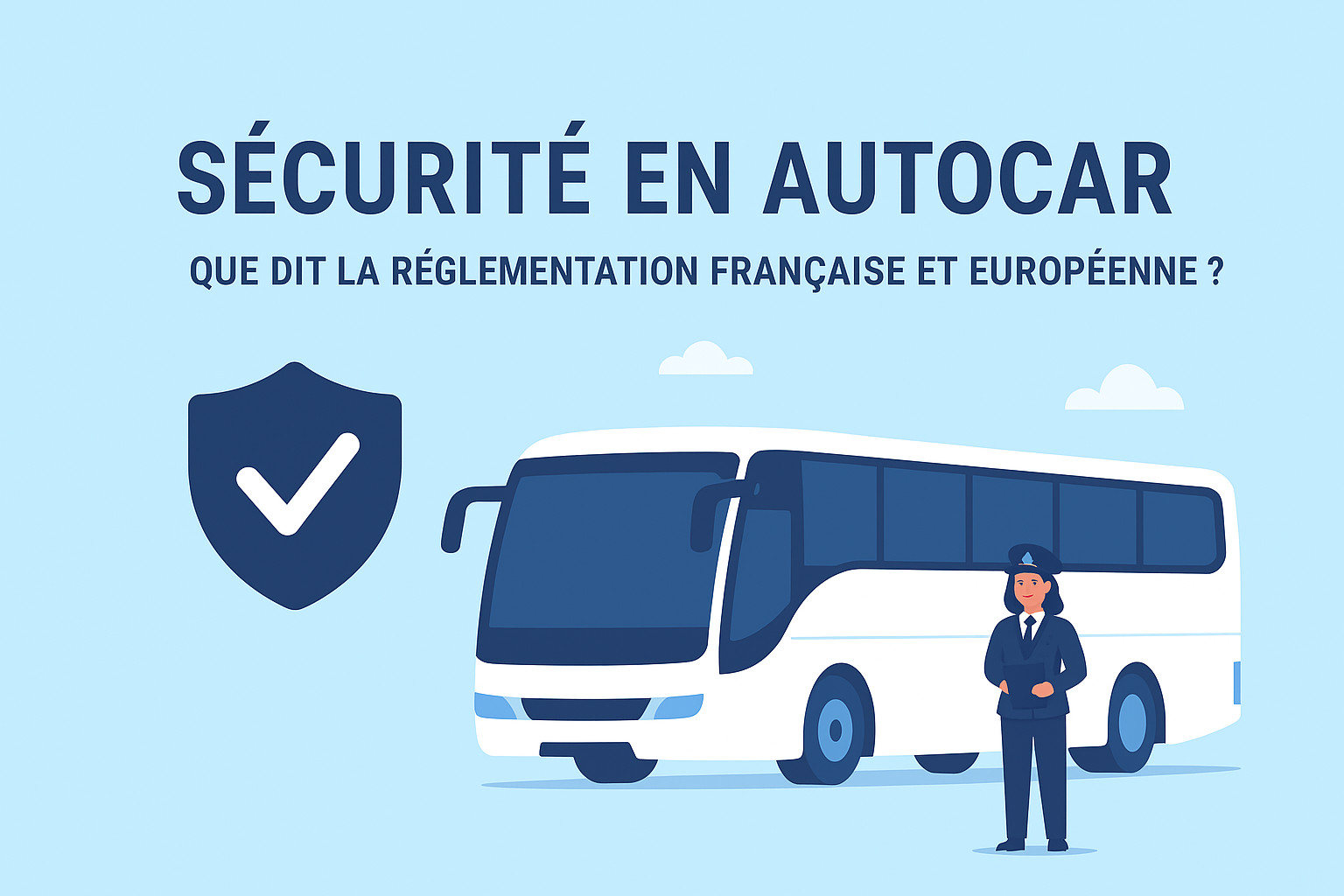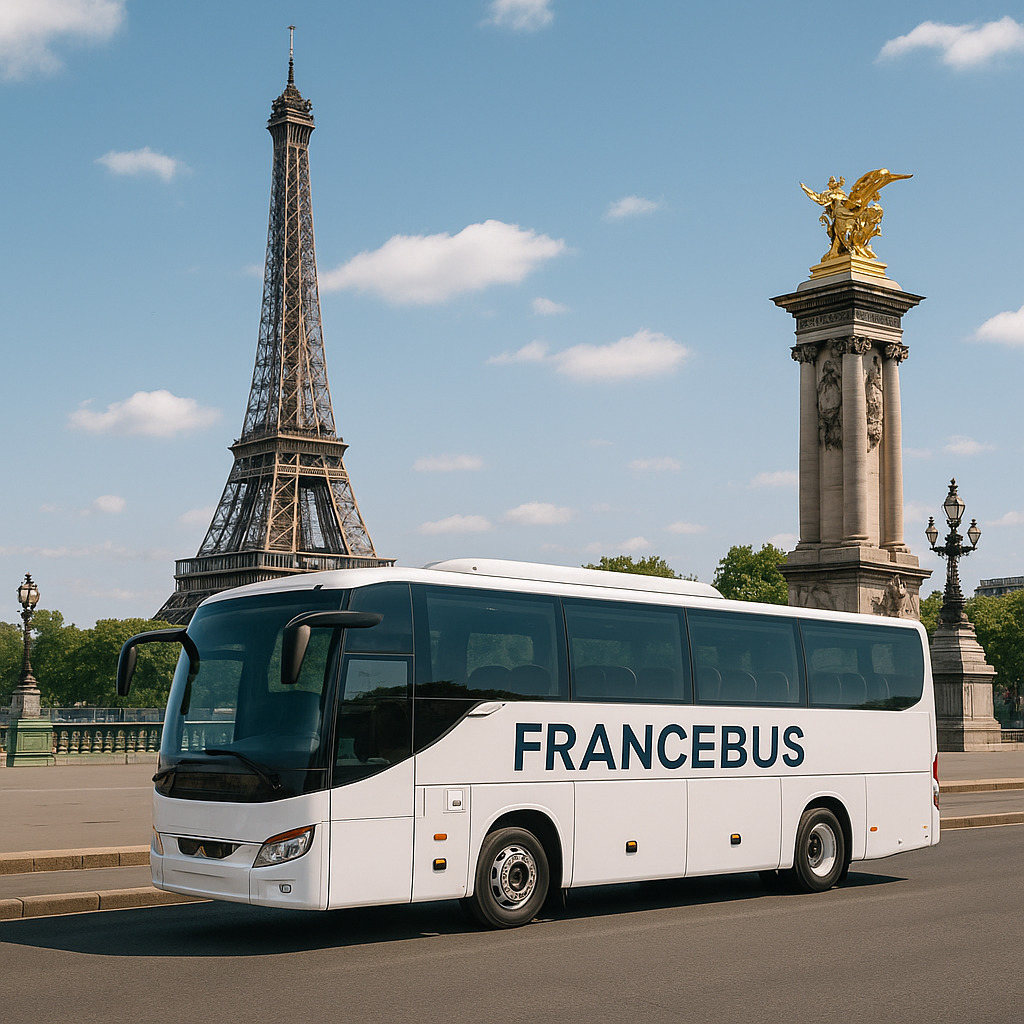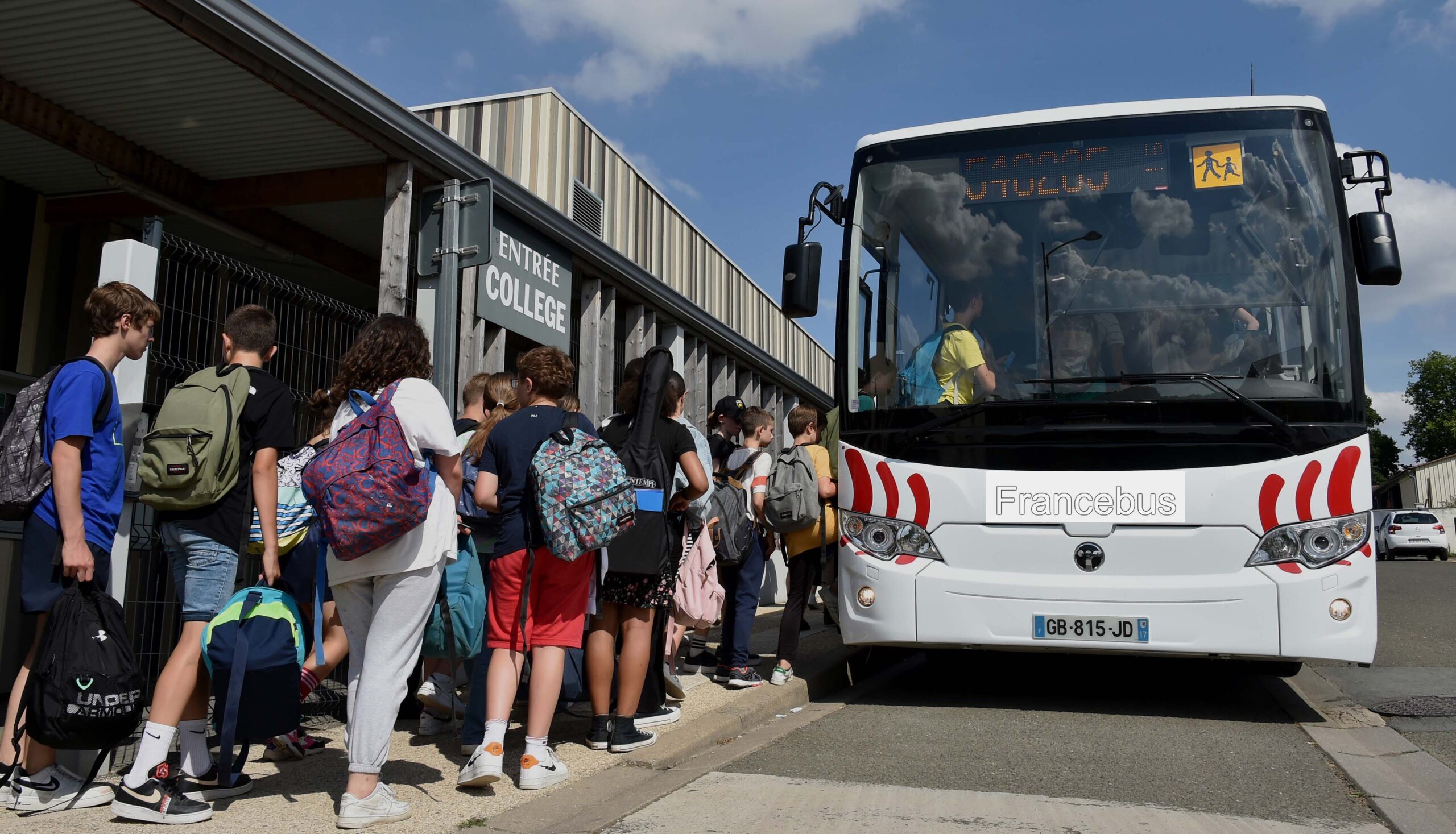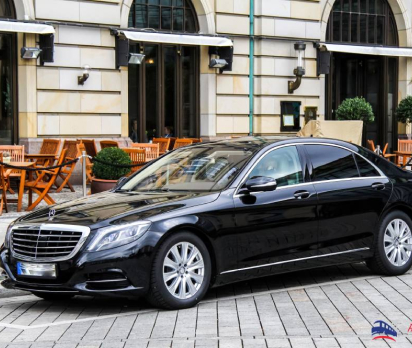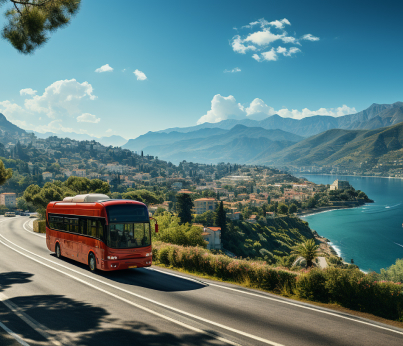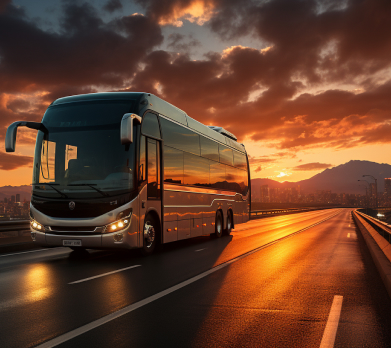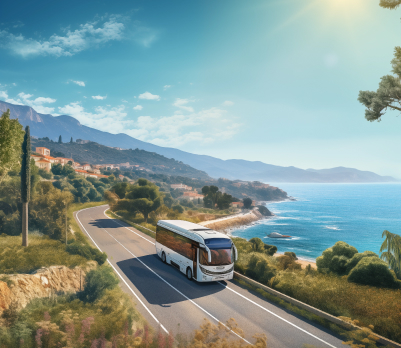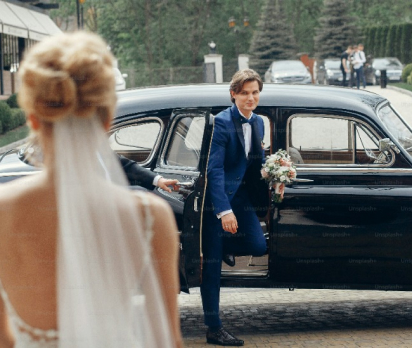When we talk about coach travel, especially for school trips or the group travel, one question always comes up: “Is it really safe?”
Worried parents, responsible teachers or seminar organizers want to be sure that the trip takes place in the best possible conditions.
Good news: The coach is one of the safest means of transport in France and EuropeAnd this is no coincidence: the regulations are strict, the checks are frequent, and the drivers are continuously trained.
👉 In this article, we take stock of safety regulations, European standards, comparison with other modes of transport, and how France Bus puts safety at the heart of every journey.
Summary
Toggle🚍 Strict French regulations for coaches
In France, coach transport is governed by a solid body of law, including thedecree of July 2, 1982 (design, safety and operating standards for coaches), the provisions of the Transport Code (including articles L3115 And L3116 on user rights and safety), as well as the LOTI Law which structures all public passenger transport in France.
Here are the main points to know:
✔️ Reinforced technical controls
Unlike private cars, which are checked every 2 years, coaches must pass a full technical inspection every year.
Purpose: To check the mechanical condition, brake safety, emergency equipment, and ensure that the vehicle is suitable for safely transporting passengers.
✔️ Limited speeds
A coach cannot go as fast as a car.
On the motorway, the maximum speed is 100 km/h.
In some cases (specific routes, special conditions), it even goes down to 90 km/hThis mechanical restriction, via a mandatory speed limiter, considerably reduces the risk of a serious accident.
✔️ Seat belts are mandatory
Since 2003, all new coaches must be equipped with seat belts, and since 2015, they must be worn by all passengers, children and adults alike. A simple gesture, but one that saves lives.
✔️ Bad weather
In the event of severe weather (snow, ice, storm), the prefects may prohibit or restrict the movement of coaches, particularly for school transport. These measures aim to avoid any risk linked to loss of grip or reduced visibility. In these situations, carriers are obliged to comply with prefectural decrees and to guarantee passenger safety above all.
✔️ Strict rules for drivers
A coach driver cannot drive indefinitely:
Maximum 4.5 hours of consecutive driving, followed by a 45-minute break.
9 hours of driving per day (exceptionally 10 a.m.).
45 hours of weekly rest, to avoid excessive fatigue.
These rules ensure that drivers remain alert and rested, even on long journeys.
🌍 European safety standards
Beyond French regulations, the European Union also imposes common rules for all member states.
✔️ Mandatory construction and equipment
Coaches must respect the European directive 2001/85/EC, which imposes:
A reinforced structure in the event of impact or overturning.
Several emergency exits, automatic doors, ceiling hatches.
Mandatory equipment: fire extinguishers, window breaker hammers, clear signage of exits.
✔️ The tachograph: the “black box” of coaches
Each coach is equipped with a digital tachograph, which continuously records:
The speed of the vehicle.
The driver's driving and rest times.
Any excesses or irregularities.
This device allows authorities to easily verify that the rules are being respected.
✔️ Mandatory driver training
All coach drivers must follow a initial training (FIMO), then a mandatory continuing education (FCO) every 5 years. These courses cover:
Road safety.
Passenger management (especially children on school trips).
Preventive and economical driving.
The result: a coach driver is not only experienced, but also constantly trained in the latest safety standards.
📊 Comparison with other modes of transport
To understand why the coach is reassuring, just compare it with other means of transport.
🚗 Coach vs. Car
According to IFSTTAR (French Institute of Transport Science and Technology), the coach is 20 times less accident-prone than the private car. For what ?
Coach drivers are trained and vetted.
Vehicles are restricted in speed.
Distractions are actually less than in a family car.
🚆 Coach vs train
The train remains slightly safer from a statistical point of view, but the coach has other advantages:
More flexible for departures and arrivals (no need for stations).
Direct supervision of the group by adults (teachers, chaperones).
✈️ Bus vs. Plane
Flying is extremely safe, but is often subject to climatic or logistical constraints (airport waits, connections, delays). The coach is ideal for national or cross-border journeys (France-Spain, France-Italy, France-Germany), with a better cost/comfort ratio.
👉 Conclusion: the coach combines safety, practicality and competitive price, which makes it a smart choice for school, association or professional groups.
🛡️ Why France Bus is a guarantee of safety
At the house of France Bus, security is not just a sales pitch: it is a top priority.
Qualified drivers : all our drivers have FIMO/FCO and are regularly trained.
Modern and inspected vehicles : each coach is subject to rigorous monitoring and regular maintenance.
Complete equipment : seat belts, fire extinguishers, window-breaking hammers, visible and accessible emergency exits.
Optimized organization : our routes are designed to respect driving times, ensure comfort and limit fatigue.
By choosing France Bus, parents, teachers and organizers have the guarantee of reliable and supervised transport.
❓ Coach Safety FAQ
1. Do children have to wear seat belts? Yes, the law requires all passengers, regardless of age, to wear seat belts.
2. What happens if a driver is tired? Regulations prohibit exceeding certain driving times. France Bus always ensures that breaks are organized respectfully.
3. Is the bus safer than carpooling? Yes. Carpooling relies on amateur drivers, while coaches are driven by professionals, using inspected and equipped vehicles.
4. Do the coaches have modern safety features? Yes, most recent vehicles are equipped with systems such as ABS, ESP (steering stability control) and mandatory speed limiters.
5. What happens in the event of an accident or breakdown? Coaches must carry a first aid kit, fire extinguishers, and window-breaking hammers on board. In addition, France Bus provides roadside assistance to quickly rescue stranded vehicles.
6. Do drivers undergo medical tests? Yes, professional drivers must undergo regular mandatory medical examinations to ensure their physical and visual fitness to drive.
7. Is it safe to travel at night? Yes. Night trips are organized in strict compliance with driving and rest rules. For longer trips, a second driver may take over to avoid fatigue.
Conclusion
Traveling by coach means enjoying a means of transport comfortable, economical… and safe.
Thanks to strict regulations in France and Europe, trained drivers and modern vehicles, school and group trips are supervised in the best possible conditions.
👉 With France Bus, you can be sure of leaving with peace of mind, whether it's for a school trip, an excursion in France or a cross-border trip.
